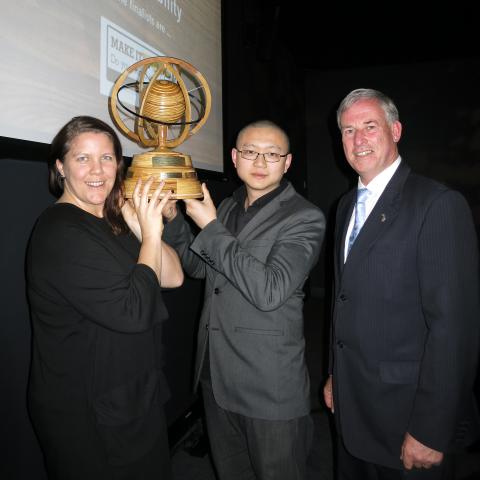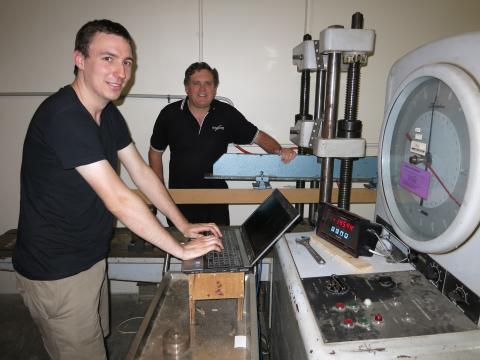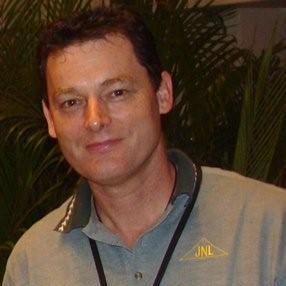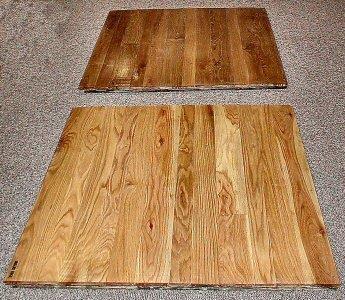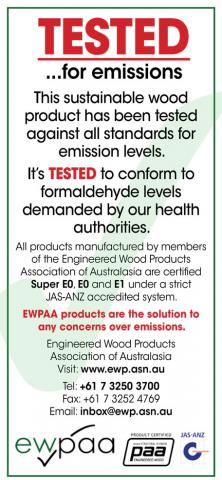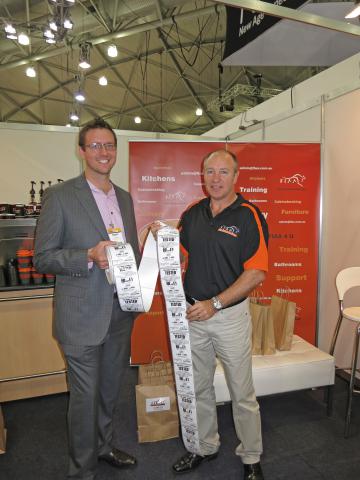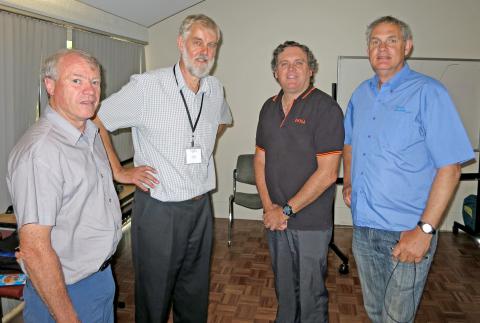
An internationally recognised timber design engineer with high-level credentials in structural wood research and development will assist the Engineered Wood Products Association of Australasia in promoting EWPAA plywood and LVL products in New Zealand.
Rotorua-based Hank Bier (BE Hons. (Civil), MSc (timber structures, London), will be the EWPAA specifier contact in New Zealand, working on behalf of the association’s members on both sides of the Tasman to promote the use of engineered wood products, especially plywood formwork as an alternative to pre-cast concrete.
“Hank is a consulting engineer who brings an incredible amount of knowledge on EWPs,” EWPAA general manager Simon Dorries said.
“He will provide EWPAA with additional market support in New Zealand, visiting specifiers, architects, major builders and territorial authorities in both the north and south islands over the next few months.”
Mr Bier will also report on research work by the EWPAA-managed Structural Timber Innovation Co (STIC), a consortium developing and commercialising new technologies that will enable structural timber to compete more effectively in the building and construction market.
During an illustrious career in the engineered wood industry, Mr Bier worked for the New Zealand Forest Research Institute (now Scion) and as manager of research and development for Carter Holt Harvey, New Zealand’s largest wood products manufacturing company.
He has prepared design guides for plywood and LVL for use in timber construction, as well as providing technical support for the design and installation of a 65 million Euros laminated veneer lumber facility in the UK.
Mr Bier is the author of more than 60 technical papers and conference presentations. He was made a Fellow of the Institution of Professional Engineers New Zealand in recognition of his support for the development of engineered wood and education in timber engineering.
The New Zealand timber industry now has access to technical advice and information provided by the EWPAA. The free service, which includes new and updated technical data prepared by qualified engineers on plywood, LVL, particleboard and MDF, is available on the special toll-free number 0800 222 602.
Simon Dorries said technicians at the EWPAA testing laboratories in Brisbane were continuing to energise their already wide surveillance of the performance of engineered wood products in New Zealand and Australia.
“The amount of independent laboratory testing performed through the EWPAA certification system is, in most cases, significantly greater than that undertaken by many other schemes,” Mr Dorries said.
Photo: Conferring at an EWPAA product knowledge course in Brisbane. Ian Simpson, Scion Research Institute in New Zealand, Hank Bier, EWPAA’s specifier contact in New Zealand, Simon Dorries, general manager, EWPAA, and Nick Chandler, technical service manager at Aica NZ, a manufacturer of high performance adhesion and surfacing solutions.

